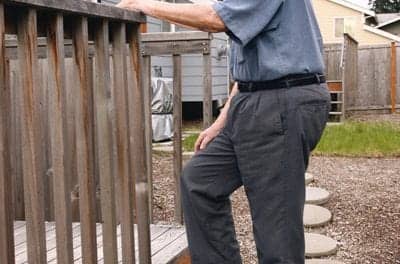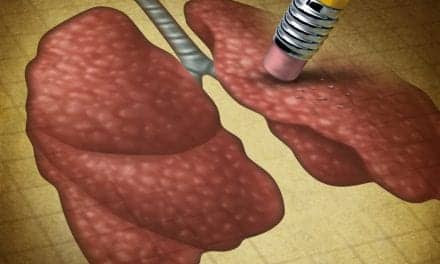A new study finds that vibration response imaging (VRI) is a promising noninvasive tool for evaluating the initial therapeutic effects of noninvasive positive pressure ventilation (NPPV) for patients with acute exacerbation of chronic obstructive pulmonary disease (COPD) and predicting the success of early stage use of NPPV.
The findings appear in the journal Respiratory Research.
The study enrolled 36 acute exacerbation COPD patients who received VRI at three points: before NPPV treatment (T1), at the 15 minute mark of NPPV treatment (T2), and at 15 minutes after the end of NPPV treatment (T4). Blood gas analysis was also performed at T1 and at 2 hours of NPPV treatment (T3). An additional 39 healthy volunteers also received VRI at T1 and T2. The researchers note that VRI examination at the time point T2 in neither the patients nor the volunteers required any interruption of the ongoing NPPV.
Comparing the clinical indices at each time point for the two groups, and analyzing correlations between the PaCO2 changes (T3 versus T1) and abnormal VRI scores (AVRIS) changes (T2 versus T1), the researchers found no significant AVRIS differences between T1 and T2 in the health controls (8.51+/-3.36 versus 8.53+/-3.57, p>0.05). The AVRIS, dynamic score, MEF score, and EVP score showed a significant decrease in acute exacerbation COPD patients at T2 compared with T1 (p < 0.05), but a significant increase at T4 compared with T2 (p < 0.05). They also found a positive correlation (R2=0.6399) between the PaCO2 changes (T3 versus T1) and AVRIS changes (T2 versus T1).
Source: Respiratory Research









